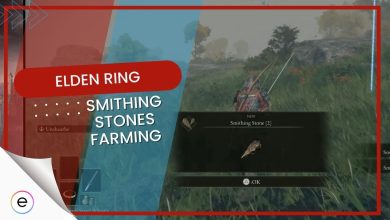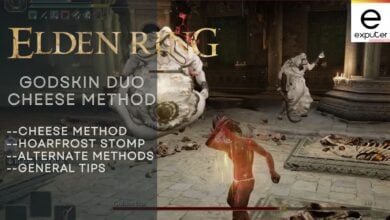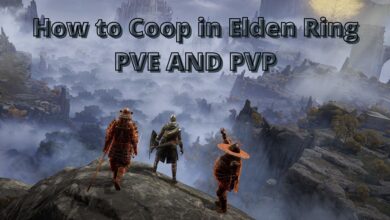Story Highlights
- The difficult boss encounters are a staple of Soulsborne games.
- The recently released Shadows of the Erdtree shows a drastic shift in their boss design formula.
- Many major bosses are a showcase of spectacle and artificial difficulty rather than proper classic soul fights.
FromSoftware games are home to well-thought-out, feature-rich RPGs, and among their many praiseworthy aspects are its soul-crushing boss fights, which always stand as the game’s highlight. But the more it starts to incline with modern action titles, the less magical they seem as they no longer adhere to the principles that made those encounters feel so special.
Modern FromSoftware Boss Design Can Be Traced Back To Dark Souls
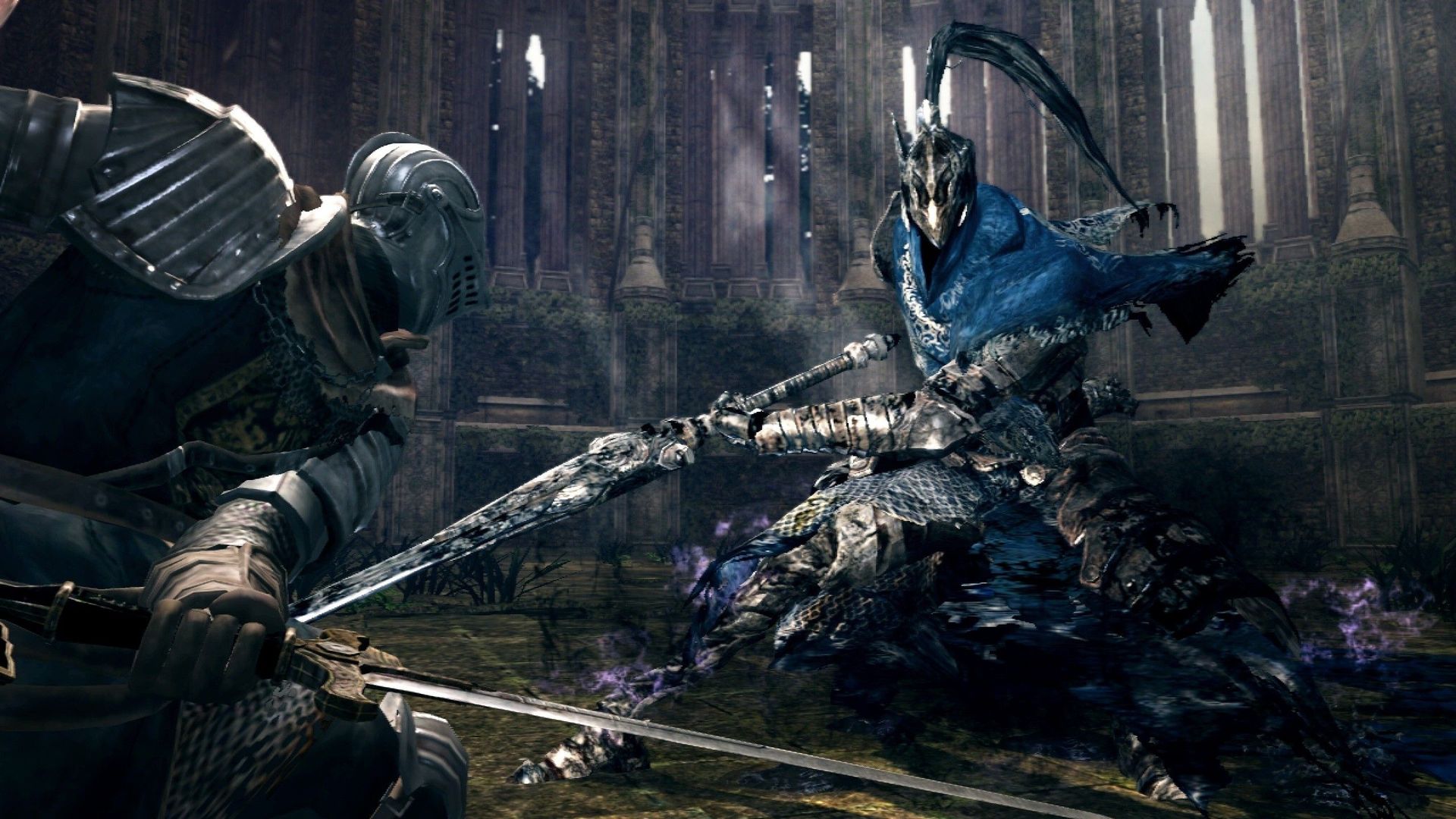
If I could name one boss that essentially laid the groundwork for most Elden Ring bosses, it’d be Knight Artorias. He has all the aspects that would make anyone frustrated: Input reading on heals, wide-range attacks, high-damage combos, and attacks that could track you all the way across the other side of the arena.
Yet, Artorias is arguably the best boss in Dark Souls because he encourages learning, which is a fundamental principle in all FromSoftware games. Artorias was a punishing boss, but even his longer combos would almost never evaporate your health bar. He punished you for making mistakes and made you live long enough to learn, analyze, strategize, and dance around his moveset.
If a boss like Artorias was spammed everywhere in the main game prior to his DLC encounter, would he have the same impact? This is how I feel about Messmer.”
Artorias made you better as a player without forcing you to resort to cheap tactics to defeat him.
Never against Artorias, I died without knowing how I died, which I cannot say about the Final Boss of Elden Ring DLC. Each death serves as a means to learn something new, but if you die without knowing how to counter what killed you, that causes major issues and completely breaks the fundamentals of the boss’s design.
Instincts And Meta Over Learning And Strategy
For some reason, almost every boss in the Shadow Realm is a master in aerial combos and would swing around in the air for 30 seconds before landing the final blow with delayed AoE. If you get hit by even a single hit, you’d be forced to give up your 3-second opening for healing. And if those attacks are locked behind second phases on top of the 40 to 50k health bar, it brings the progression to a halt, especially if you die of the same attack.
This encourages resorting to meta weapons, incantations, summons, and talismans to make meaningful progress rather than building your own character.
The same argument could be applied to Lady Maria and Ludwig, two of Bloodborne’s best bosses, but it doesn’t because their attacks come with clear and identifiable audio and visual cues, making it easier for players to dodge, counter-attack, and learn.
Ludwig’s charged hit is signaled by him going berserk, his drop-from-the-ceiling attack is marked by a trail of blood, and his Holy Blade explosion involves a lengthy charge before detonating. Similarly, Maria’s charged attacks are heavily telegraphed with long windups, and even Sekiro has kanji symbols that indicate the hard-hitting attacks.
Even if you die from these attacks, you know how to avoid them the next time you enter the arena.
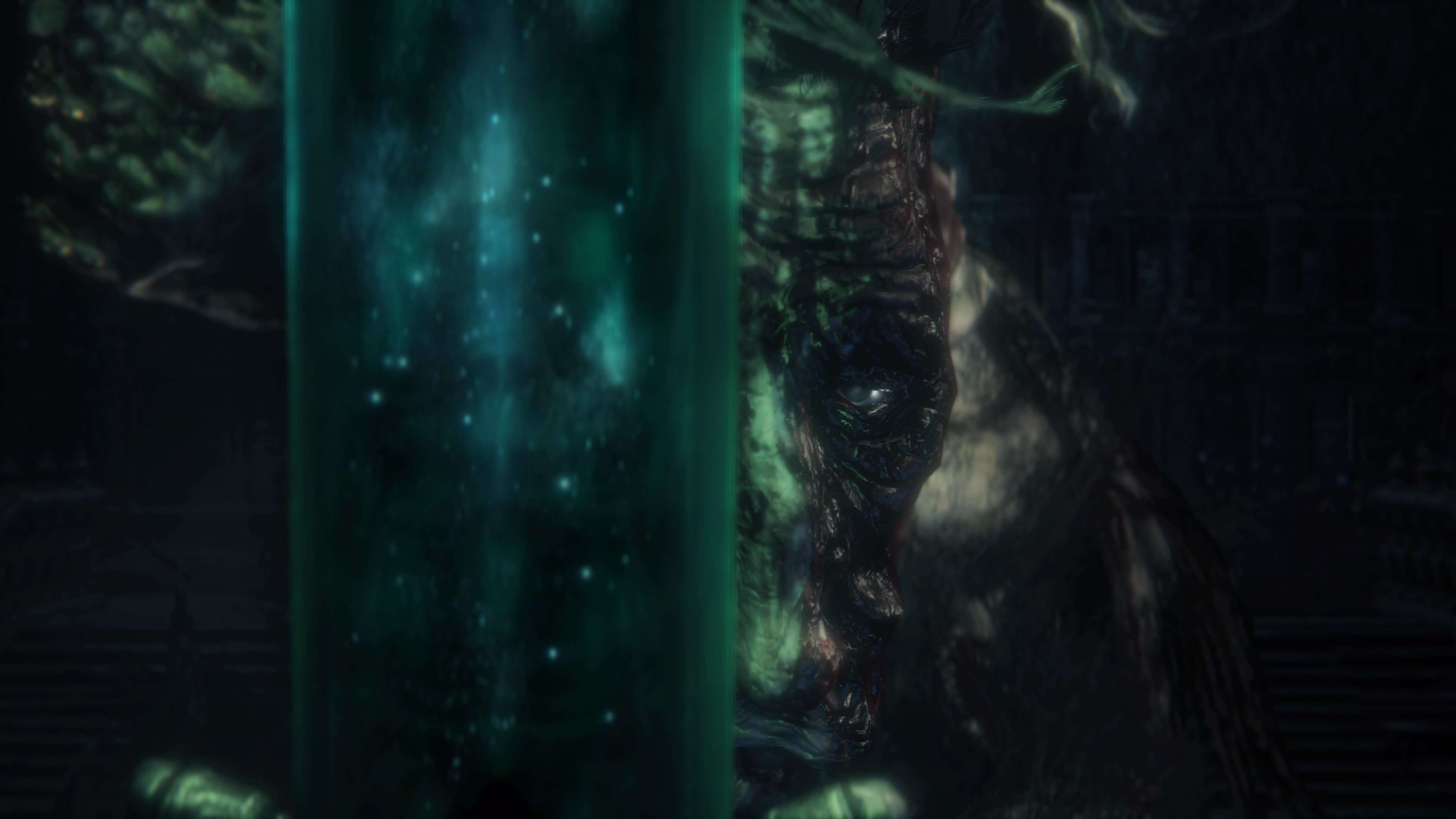
A charged stance with visual clutter, a double-cross slash that erases 80% of your health, instant-death bull charges, Waterfowl Dance, and repeated AoE attacks are examples of artificial difficulty. These tactics don’t encourage learning, making the challenge unfair and poorly designed.
Unfortunately, these issues can be seen in many of Elden Ring’s bosses.
The downside is that battles won by luck do not feel earned and do not pack the same level of satisfaction as beating a boss by fully memorizing its moveset.
Homogeneity And Little Variation Between The Bosses
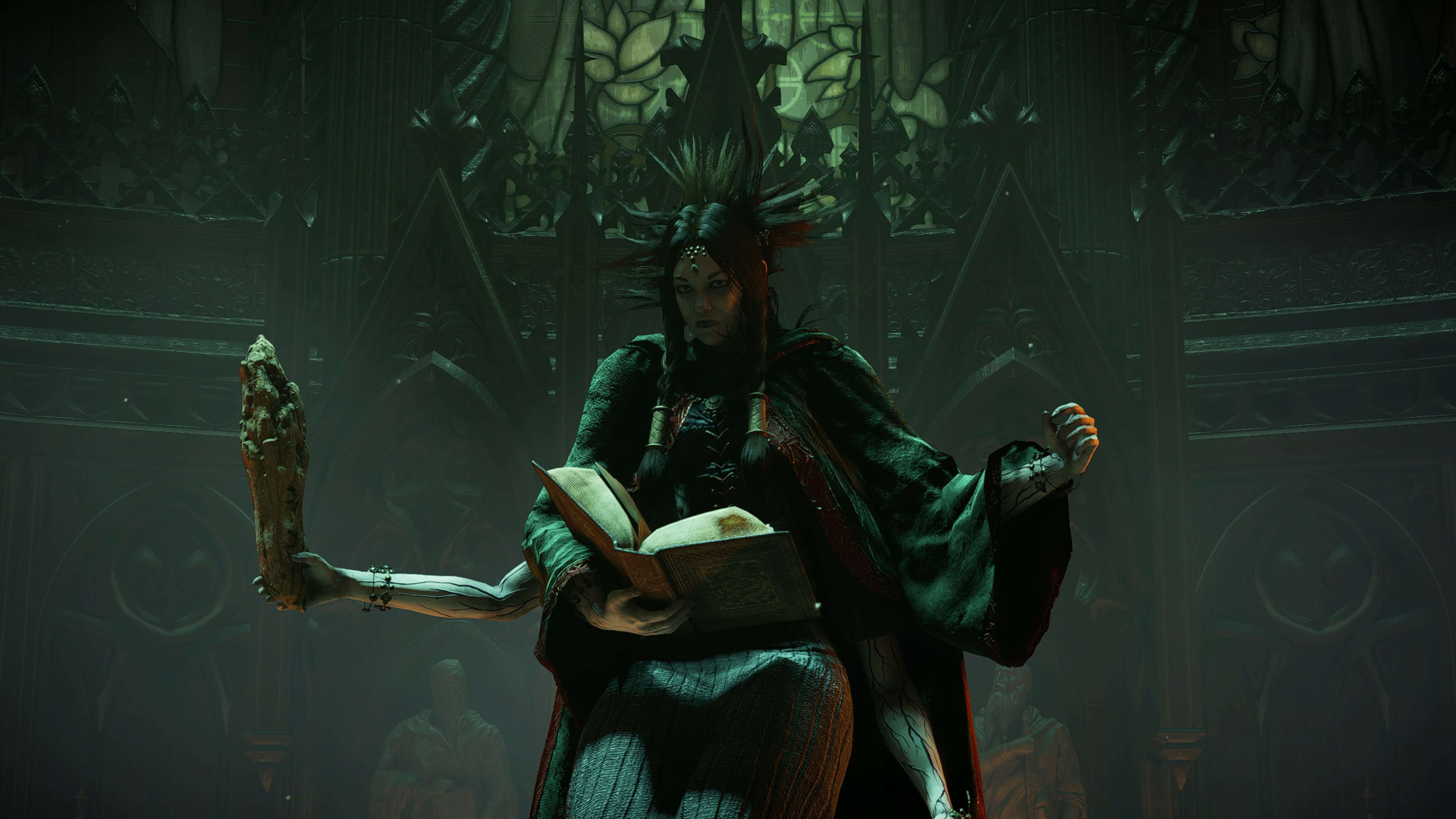
Encounters that truly tested your build and skill should be rare, making them special and memorable. FromSoftware achieved this by offering a wide variety of bosses. Fights like Wolnir, Witches of Hemwick, Deacons of the Deep, Four Kings, Crossbreed Priscilla, and Dark Sun Gwyndolin provided a breather between major encounters.
These gimmick fights make big encounters like Gael, Maria, Artorias, King Allant, and Sir Alonne feel unique and impactful.
If a boss like Artorias was spammed everywhere in the main game prior to his DLC encounter, would he have the same impact? This is how I feel about Messmer. Because FromSoftware has abandoned gimmick encounters for action-oriented homogenous bosses, they don’t carry the same impact.
Fog walls used to have an aura of mystery, but if I already know the boss behind it will use the same airborne swings, long combos, and delayed AoE attacks, it’s hard to get excited. When these encounters are overused, excitement turns into frustration, as it’s tough to stay motivated to repeat the same routine for every boss.
Thanks! Do share your feedback with us. ⚡
How can we make this post better? Your help would be appreciated. ✍
